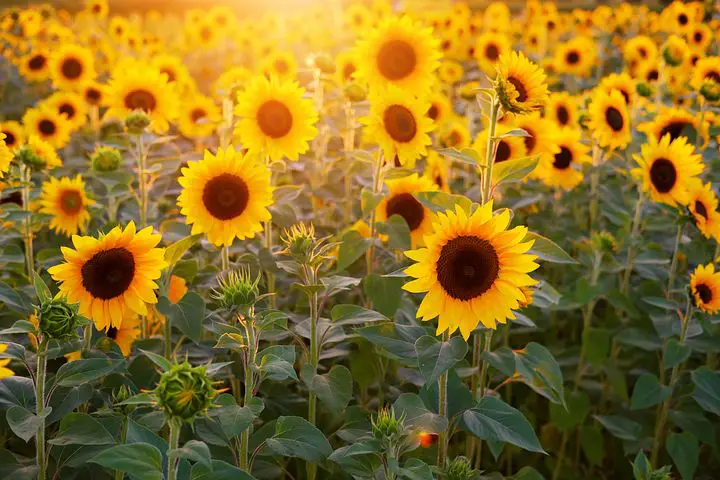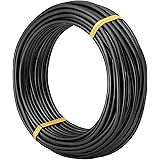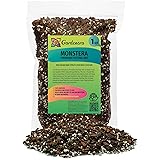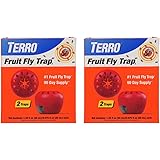Winter is approaching and you have had a pleasant time with your sunflowers. You may have planted them in your garden or perhaps, you are a commercial seed farmer.
At the time when the season for the sunflower comes to an end, you need to have a plan on what steps you need to take next.
What to do with sunflowers at the end of season depends on what type you planted, the amount you can harvest and whether you know how to add value to the sunflower.
If you have been planting sunflowers and you are looking at what other ideas you can implement after the season is over, look no further just read on.
And if you are new to sunflowers and you want to learn more about the plant, you have come to the right place!
Also Check: Why Are My Sunflowers Closing Up?
What to do with sunflower at end of season
Sunflowers can be added value after harvesting just before winter frost kicks in. You have the chance to feed wild birds by making suet cakes from the roasted seeds or dried seeds. Squirrels too can benefit from your bounty- on the knowledge that you got to harvest before they did!
You can also store some of the perennial sunflower seeds for the next planting season which comes early May late April. Most preparations for your garden can be done relatively within the same timeframe, give or take a week.
If you have been thinking of adding some light but durable structural detail to the kids tree house, you can use the dried out stalks from the annual sunflower and reuse them as trellises.
When the season for sunflowers comes to an end, you may also consider clearing the garden of debris that may have accumulated during the harvesting period. This will let the land breathe and revive ready for the next planting season.
Many of the activities that you do at the end of the season for your sunflower will help you determine how well you are doing on your farm or garden.
The amount of seeds harvested reflect on the health and pest control practices you apply on your garden- how effective they are.
With that kind of record and analysis, you will be able to improve your garden and farming practices in the seasons to come.
How to handle gigantic sunflowers during harvesting
For the most part some varieties of sunflowers like the Russian Giant, grow upto 10 feet or more and have a head diameter of 12 inches!
How you handle this mammoth of a flower is very different in approach from its miniature counterparts like the Music Box sunflower; grown in flower pots and average 3feet tall. The common ingredient they all share is the amount of sunlight they need, that is, at least 7 hours of uninterrupted sunlight.
So how do you handle a giant of a sunflower during harvesting? Here are some pointers:
- Safety first- The sheer size of these plants require you to harvest the seeds in a manner that is safe. This will ensure that you don’t suffer from any injuries. The head of these flowers can be considerably heavy so additional support for the stalk is necessary to keep the plant stalk from bulking under the weight of the head.
- Confirm maturity- When you are going to harvest you want to be sure that it is the right time to do so. Most sunflowers assume different physiological changes when they’re ready for harvesting. Now depending on the variety you have planted, you may look at the droopiness of the head, you can also look at the color of the petals, the color of the seeds and or head. We will look at some different varieties of the sunflowers available later here.
- Size of the harvest- Here you should consider the amount of sunflowers you planted in your garden. Of Course the amount of land you cultivate will justify your harvest. You may need automated equipment to get the work done and a few extra hands to complete the whole exercise. Just keep in mind that as you take time to harvest, you have pests that are more than willing to ‘help’ you- at your cost.
As we have seen, giant sunflowers require extra attention when being harvested. However we came across the word variety.
Indeed there are two types of sunflowers that are planted: Annual and Perennial sunflowers.
Annual sunflower
These usually grow or germinate relatively faster than perennial sunflowers. They take upto 1 year having planted them in the ground as seeds.
Another interesting fact is that their roots are quite shallow and fibrous in nature.
Perennial sunflower
These sunflowers have tubers for roots which have been known to be edible. They have deeper root systems and take not less than 2 years to fully bloom.
How to harvest sunflower seeds
Sunflowers are a summer favorite in most gardens and you will definitely see them away in the breeze of the summer weather as you pass by them in the countryside for the most part.
Harvesting them can be a fun filled activity for you and your family. Here are a few tips on how to go about it:
- Cut the heads- This is the easiest process in the whole harvesting exercise. Simply measure one foot from the head and cut it off the stalk using an appropriate cutting tool like a sharp pair of scissors. Make sure you have a large bucket that can accommodate the head and save seeds which may fall into the ground.
- Hanging- This is more of a proactive approach to saving your seeds from pests and or, bad weather conditions which have come unexpectedly. You can cut the heads from several stalks and hang them in a dry room preferably at room temperature. They should stay there for 5 days then you may proceed on to removing the seeds.
- Wrapping- When you find that birds are always getting to ‘harvest’ before you do, you just need to cover the heads with a paper bag until it suits you to harvest, 5 days prior to the harvest is good enough to limit the unwanted help.
- Remove seeds- This part has the least technical involvement and it is more so therapeutic. When you are rubbing two heads together and listening to the sound of the seeds falling into your bucket, the volume and amount of seeds does give you a sense of achievement.
- Storage of the seeds- Once you have removed the seeds from the heads, it’s down to how you are going to store them. You may want to start by washing them and making sure they are dried properly. Identify a carton box and line it with a dry cloth and place them in it. This method is used to keep them for ongoing use.
If you want to store the seeds for an extended period of time, where you can replant them in the next season, consider storing them in labelled glass containers indicating, date of harvest and the type of seed. This container should be stored in the freezer.
How to protect your sunflower seeds from molding
Sunflower seeds are one of the most affected by mold especially in countries that lack the proper storage facilities and knowhow.
When you want to keep your seeds from molding, it is important to know what causes them to do so in the first place.
Moisture and improper storage containers can cause molding and contamination.
Sunflower seeds are able to absorb what is around them in liquid form- this makes them highly contaminable.
There are measures of protecting your sunflower seeds like;
- Keeping them in glass jars. These are better than plastic jars which may contain chemical pollutants that can contaminate your seeds.
- Avoid storing the seeds in an area full of moisture. Keep the area dry and at best, room temperature is adequate.
- Storing seeds, in an airtight container in temperatures of 0°F in a freezer, can keep them safe and viable for more than 12 months. Not only does this keep the mold away, it keeps them fresh for your use in the next planting season.
Adding value to sunflower seeds after harvesting
You have planted, harvested and stored your sunflower seeds. Great! There is still more you can gain from your hard work. You can add value.
Value addition is where your harvested crop can be processed into other consumable products- either for human consumption or for any other relevant use.
The value you can derive from sunflower seeds is limited only to your imagination. However, here is a list of some worth exploring:
- Sunflower oils
- Sunflower garden posts
- Sunflower stalk compost foundation
- Sunflower tea
From the above list, you can actually create an enterprise.
Final Thoughts
Sunflowers being a versatile and a staple of most newbie florists and gardening enthusiasts, have redefined the gardening experience for many. They are hardy and require a little technical skills which in the long-term, are minimal as compared to other flower varieties. They instantly give back what you put in.
With the above read, you now are much closer to setting up your own garden full of these cheery flowers.





